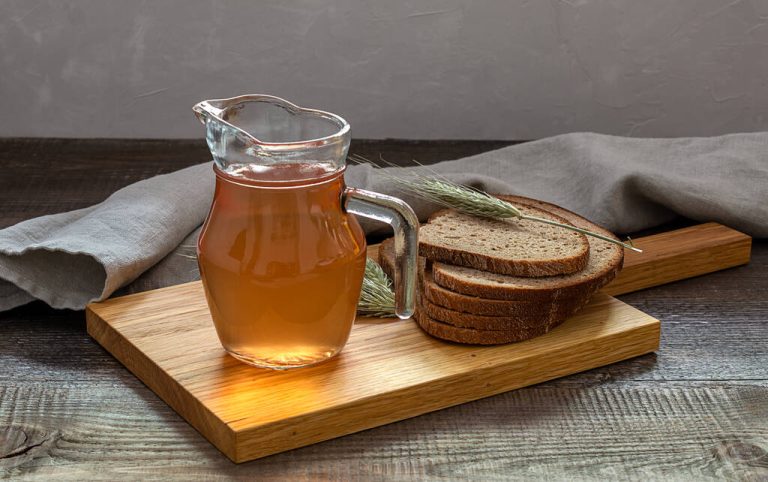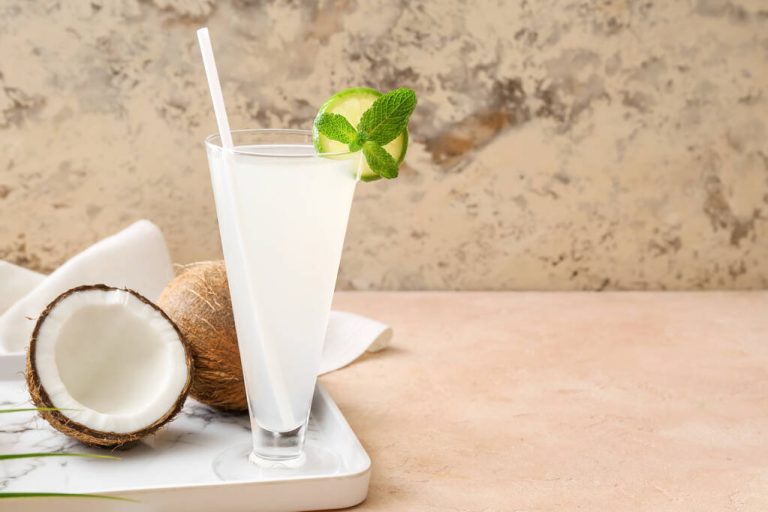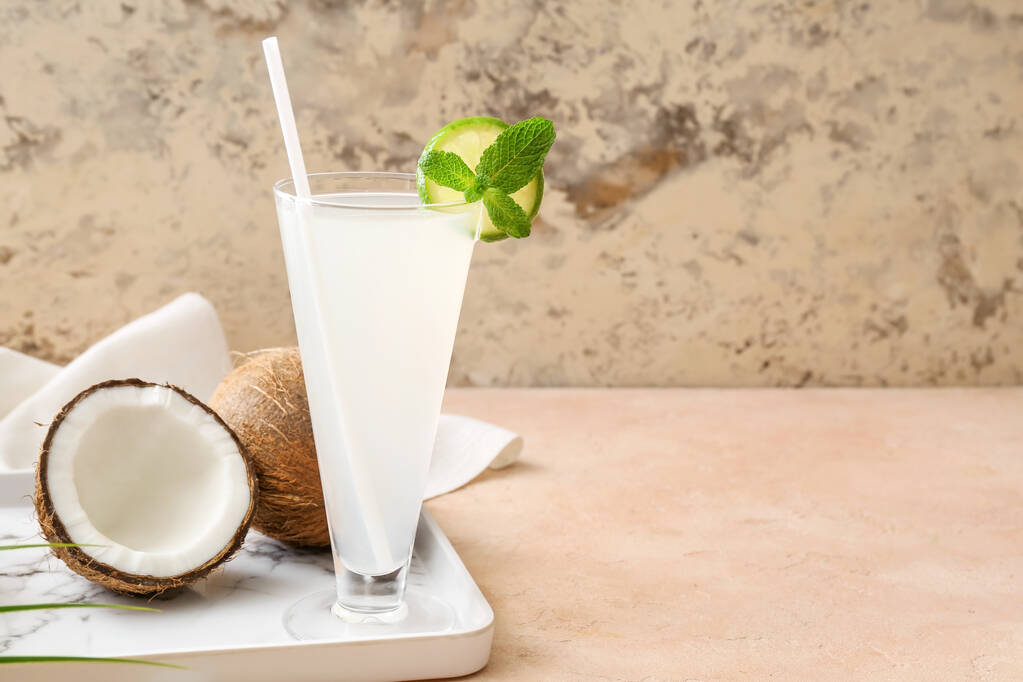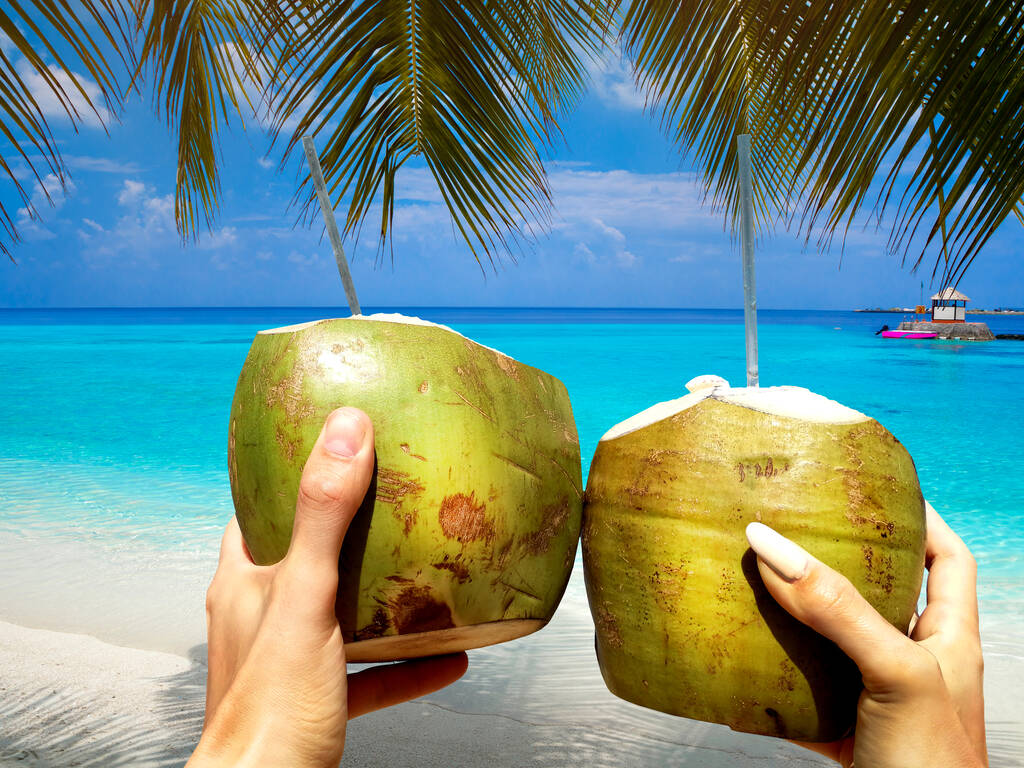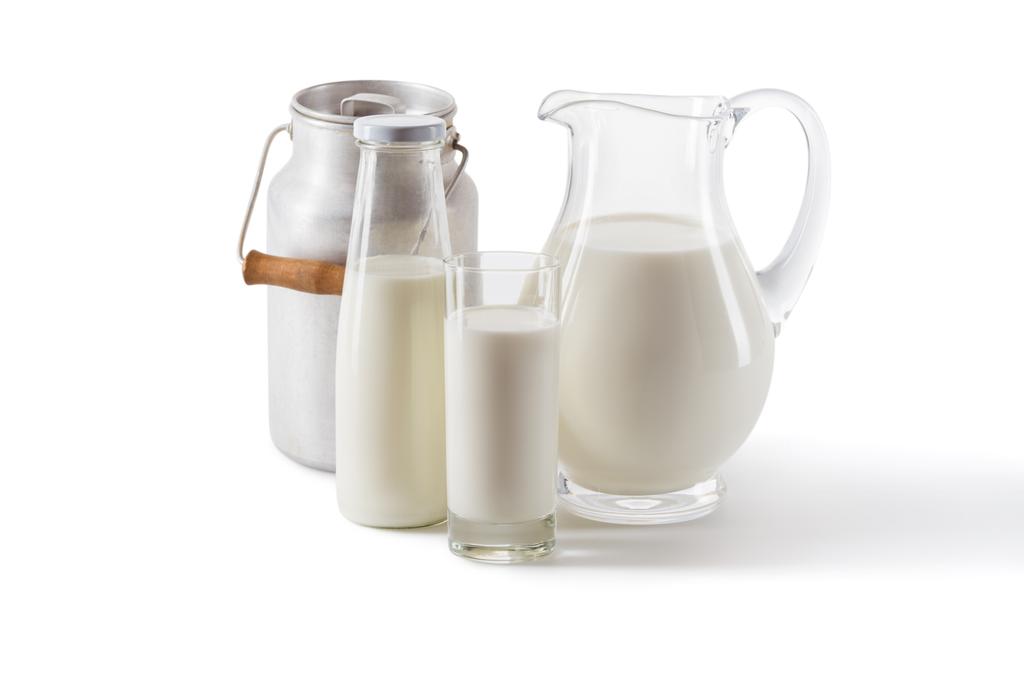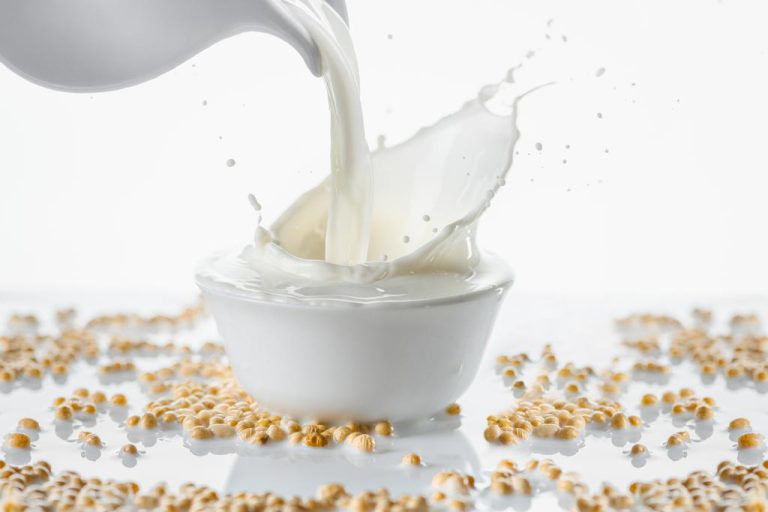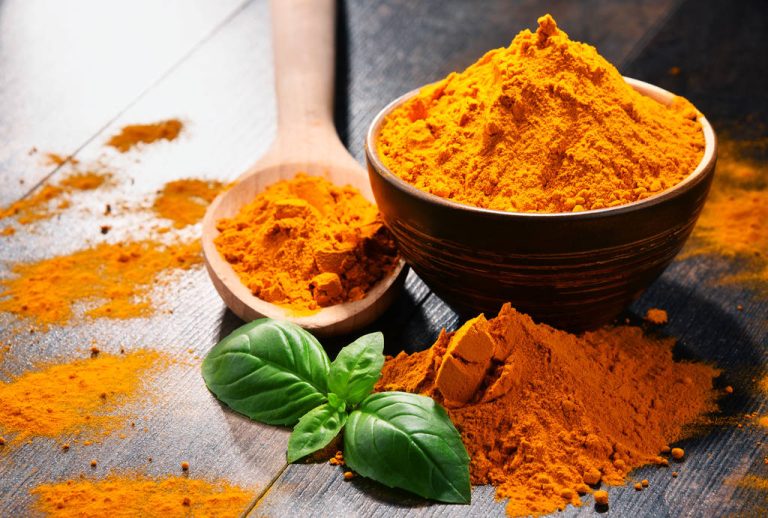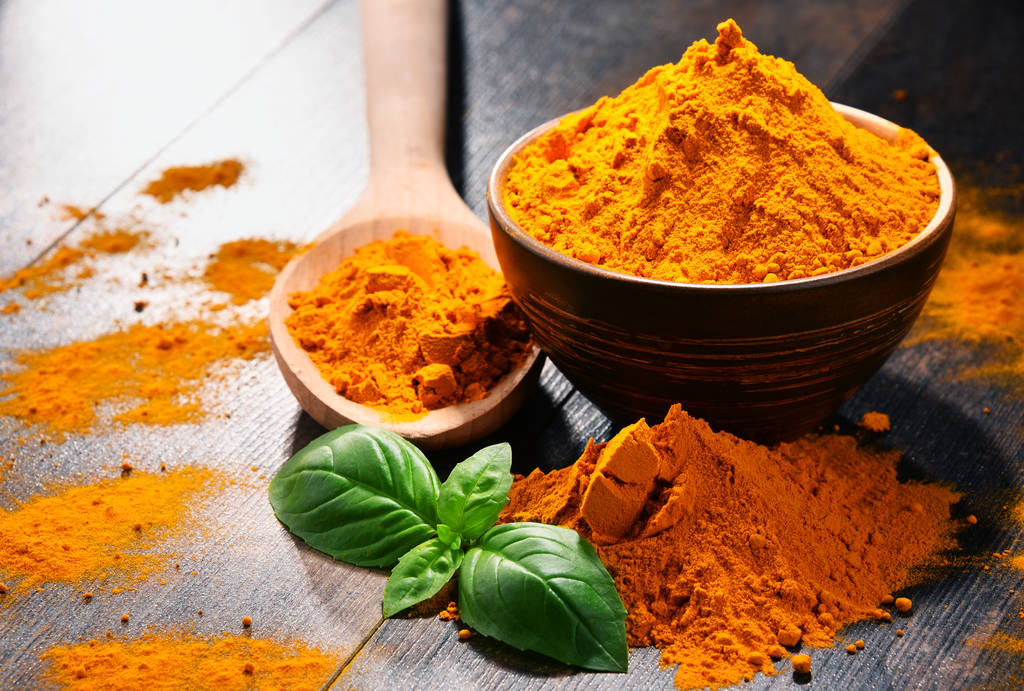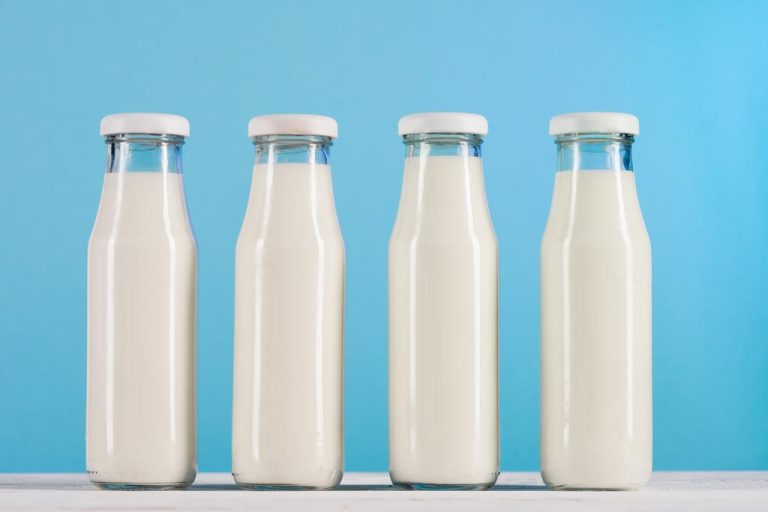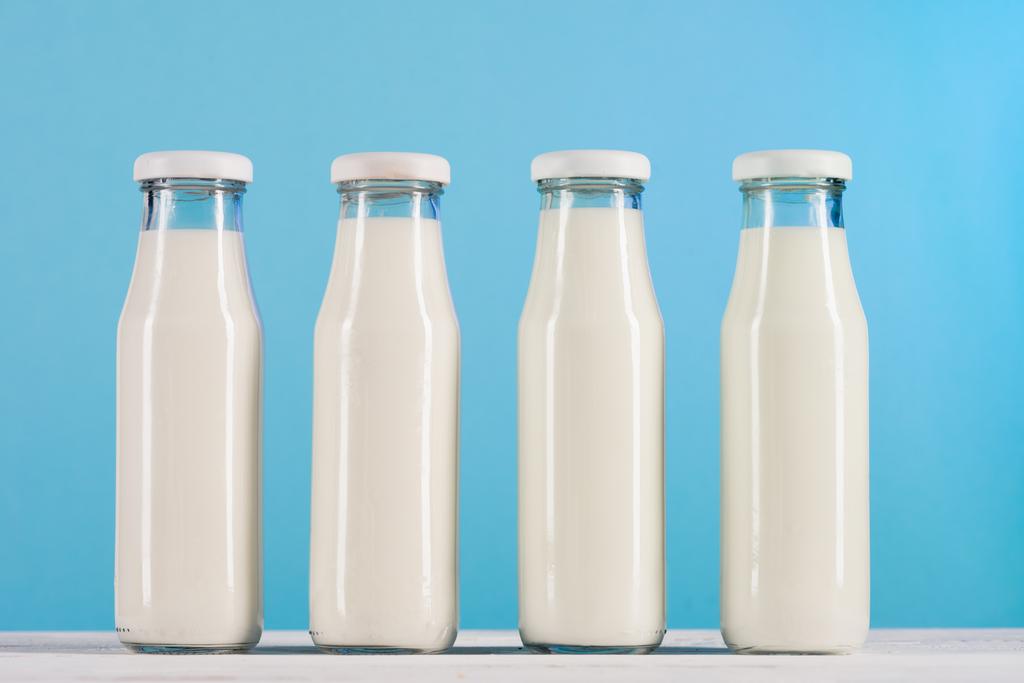Brottrunk is a drink made from fermented bread and is quite acidic – but also quite healthy. In addition to probiotics, it contains many vitamins and minerals.
In Russia and Eastern Europe, drinks made from fermented bread have long been part of the kitchen. The most well-known variant is the Kanne Bread Drink. It is probiotic and good for health.
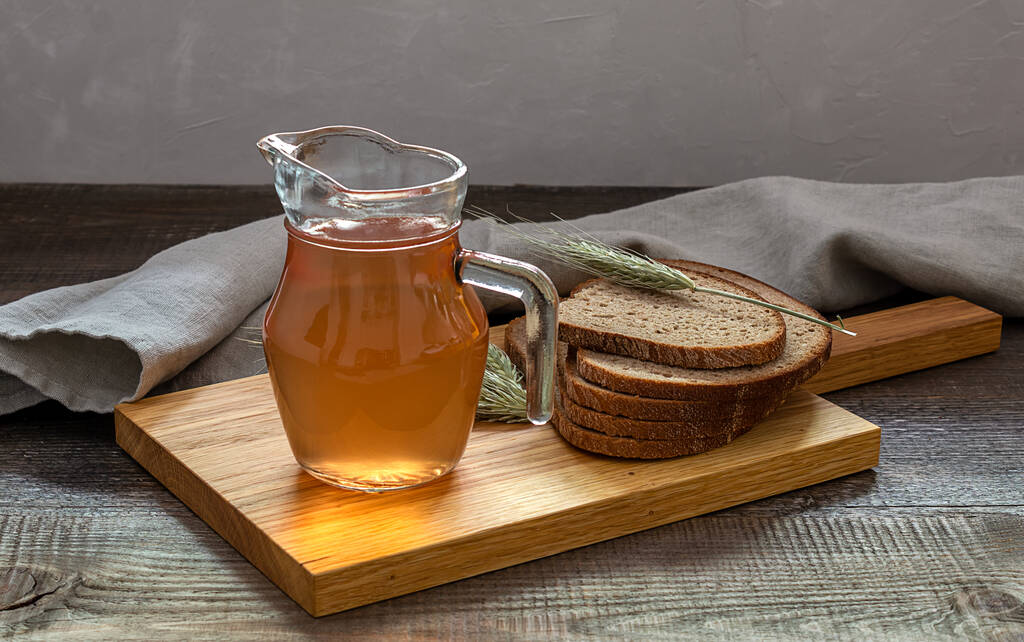
What is bread drink?
Bread drink is a drink made from fermented bread. The liquid is filtered off after fermentation and contains lactic acid bacteria – that’s why it tastes sour. Bread drink also contains many vitamins and minerals.
Bread drink contains vitamins A, D and K. Your body can absorb and store these vitamins. Bread drink also contains valuable B vitamins (B1, B2, B6 and B12) and vitamin C. Since your body cannot store these vitamins, you should consume them regularly. Bread drink is an ideal supplier.
Minerals strengthen our body tissue. The bread drink contains several of them: sodium, potassium, calcium, magnesium, iron and zinc. They strengthen your immune system and your muscles.
How is bread drink made?
Bread drink is made from bread, water, salt and natural sourdough.
The manufacturer bakes the bread himself – exclusively from organic grain. It is first ground in our own mill and then baked naturally in the bakery with natural sourdough. In addition to bread for the bread drink, over 60 other types of bread and rolls as well as cakes and baked goods are baked in the organic bakery – without any chemical additives.
The bread ferments in spring water for six months.
After fermentation, the liquid is filtered off.
In addition to many vitamins and minerals, the finished drink also contains lactic acid bacteria. Since only organic ingredients are used for the entire production, you can be sure that there are no chemical additives in the bread drink.
Bread drink – sour and probiotic
The fermentation produces lactic acid bacteria in the bread drink. This makes the drink acidic – and probiotic. The bacteria have a digestive effect because they stimulate your intestinal movement. They can also accumulate in your intestines and support the intestinal flora.
A healthy intestinal flora has a positive effect on general health because it fights off harmful germs in your intestines and eliminates toxic substances. With bread drink you can strengthen your body’s own detoxification system – which is why it is ideal for detoxification and fasting. If your intestines work well, you relieve other detoxification organs such as the liver at the same time. Bread drink can contribute to this as a companion to a healthy and balanced diet.
Bread drink for health
Since bread drink is a foodstuff, the manufacturer is not allowed to advertise how healthy the drink is. Nevertheless, bread drink can have a positive effect on your health.
Bread drink can have a revitalizing effect. The Paracelsus Magazine reports that bread drink can strengthen the immune system. Since the drink promotes a healthy intestinal flora, the immune system can work better overall and ward off harmful substances.
The drink contains a lot of fiber on the fermented bread. They can lower cholesterol levels.
It is also claimed that chronic skin diseases can be treated with bread drink. Many report positive effects on neurodermatitis or psoriasis – but there are no studies on this.

Consumption recommendation for bread drink
In order to permanently strengthen your health, it is recommended to drink a small glass of bread drink with meals every day. 100 to 200 milliliters are enough for this. However, the taste is not for everyone. Bread drink tastes sour and fermented – similar to sauerkraut juice or apple cider vinegar. If you don’t like the pure taste, you can mix bread drink with water or juices – or use it instead of vinegar for your salad dressing

